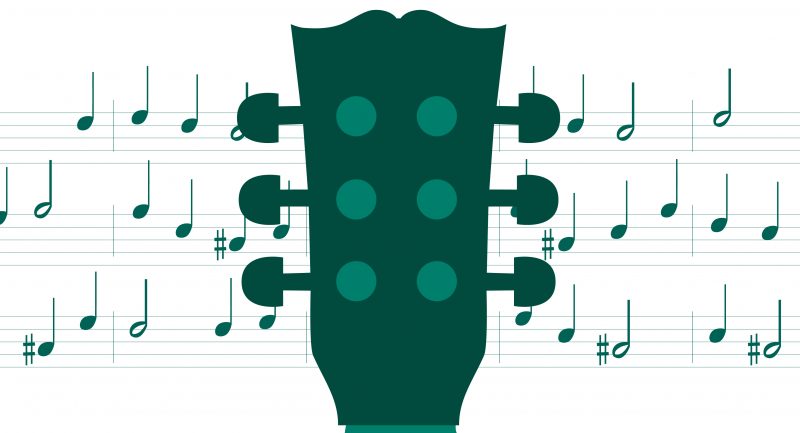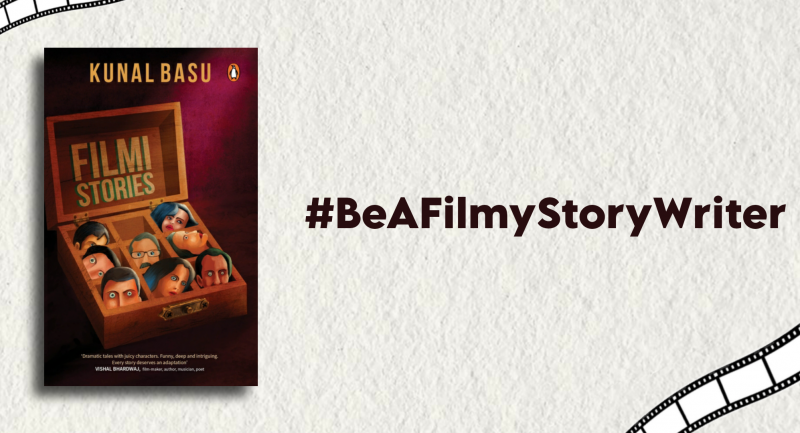
by Novoneel Chakraborty
One of the things which makes a reader curious about any story is how real or true it is. When authors pen stories, it is believed that they must have written it after being inspired by real-life incidents, which they have lived or seen closely. Majority of the times this assumption is true. What makes my latest novel Half Torn Hearts, an autobiographical attempt, slightly different in its approach is that I didn’t rely on any incident to make it autobiographical. I created the characters, gave them a relatable milieu and dived deep within myself only for their emotional graph, their outlook towards life and their deep character, fishing out emotions and words which were expressed by me and felt by both myself and the three women in my life. It was while penning down this novel that I realized a story becomes impersonal not only because of the plot points you use but also because somewhere the characters and their inner pathos are straight out of your real-life experiences. And, that a storyline may be fictitious but the characters may very well be real.
Half Torn Hearts has an interesting backstory. This is the only book of mine which took five years to complete. The process not only made me revisit old wounds but also convinced me that an author doesn’t tell a story. A story unfolds itself through an author. Few understand this difference. An author is a medium, not the story. For this story to be complete, it had to make me come in touch with someone who eventually became my muse, not only to finish this book but also for my overall creativity. Patience is a virtue and nobody else can understand this better than a storyteller.
In all my stories that I’ve penned so far, I’ve always fine-tuned the real-life inspirations. By fine-tuning, I mean that sometimes reality isn’t as dramatic as fiction should be. And at times, it is too over-the-top to be used in fiction sensibly. The one major limitation of fiction when compared to real life is that fiction always needs to make sense within the parameters of its self-defined logic, while reality is free of such limitations. And when one writes about something deeply personal, one needs to make sure it doesn’t hurt anyone who is involved in the real story. That’s a reason why I used the plot of this novel to hide the emotions of the characters in such a way that only those involved will be able to understand where certain things in the story are coming from. And for a normal reader, it may just read like an engaging story.
A very important aspect while penning down a personal story is editing. I’m not talking about structural- or copy-editing here. When things happen in real life, they have their own pace of events, and every event seems important. But when one sits to write, one cannot write about each and every event because, in a personal, real story, one will be invested since it’s one’s story, but for a reader, the investment happens only when things they are reading aren’t boring.
I write in the commercial fiction zone. Hence, the most important question that plagued me while writing this was what to keep and what not to. And in ‘what to keep’, there was another sub-query of ‘how much’. I follow a cardinal rule of writing: thou shall not bore thy readers, at least not knowingly. To get to this, one needs certain creative objectivity, which can’t be developed immediately. The more one writes and subsequently, the more one edits, the more one will know what really needs to remain in the final version of the manuscript and what simply needs to go. For example, in my current novel, there was a scene between the protagonists, Raisa and Nirmaan, which for the first time in the story was bringing them intimately close. When I read the manuscript for the third time, I realized that for the sake of the sanctity of the story, the scene should not be happening even though it was one of my favourite scenes in the book. Eventually, I edited it out. As they say: ‘kill your darlings’.
Lastly, I would say: telling one’s own story, in whichever way, involves a lot of responsible writing. Truth has interpretation. It also has misinterpretations as well. Hence, it has to be well-balanced. And, getting into that balance requires a lot of redrafting, personal introspection and revisiting things within oneself, things which we are done with—or maybe never done with—until the story shapes up the way we envisioned. But then, there also lies the magic of storytelling.
Half Torn Hearts is a coming-of-age tale of three layered individuals coming in terms with their first loss.
Novoneel Chakraborty is the bestselling author of many romantic thriller novels and one short story collection, Cheaters. Known for his twists, dark plots and strong female protagonists, he is also called the Sidney Sheldon of India by his readers. Apart from novels, Novoneel has written and developed several TV shows such as Savdhaan India and Yeh Hai Aashiqui.









